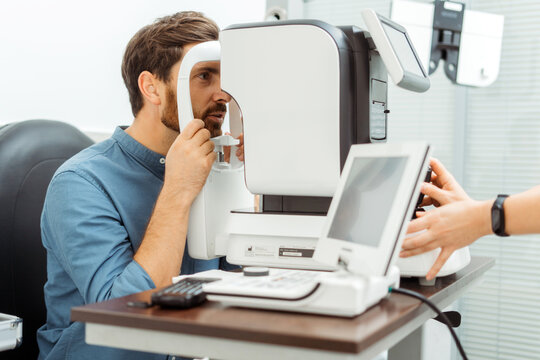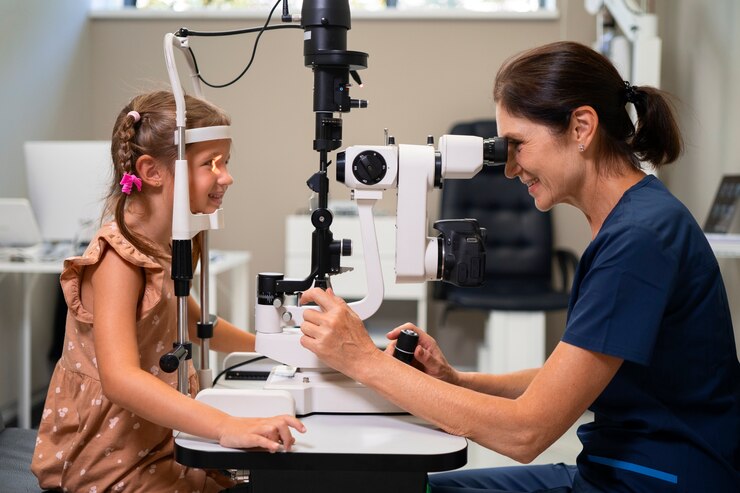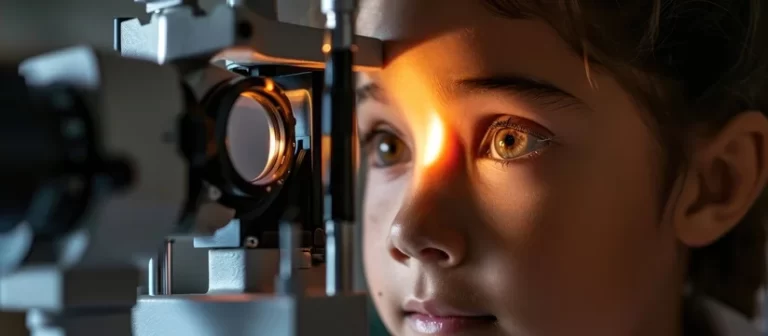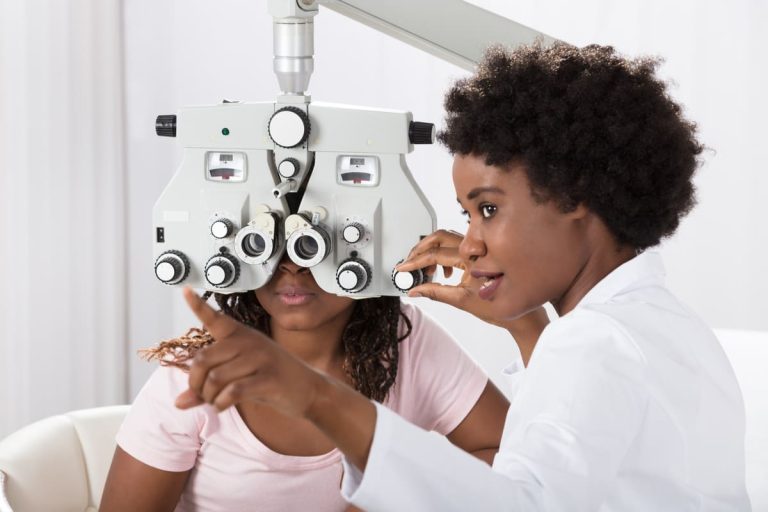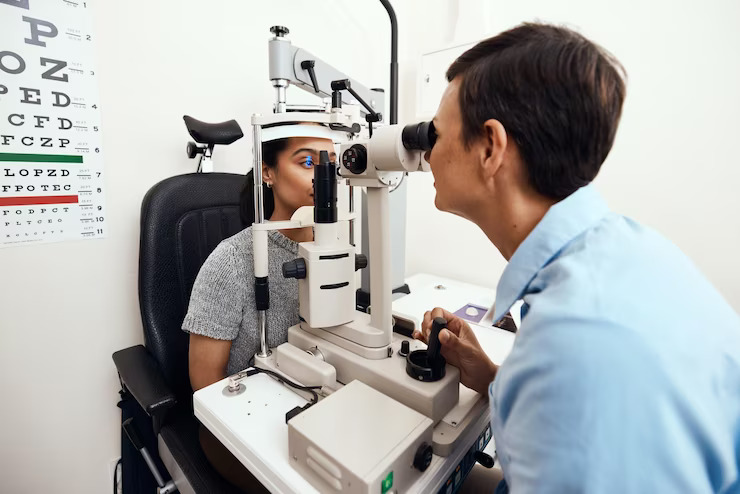New Technologies In Vision Testing: Advancements And Innovations
Vision testing is an essential component of eye care, enabling healthcare professionals to assess visual acuity, detect refractive errors, and diagnose ocular conditions. With advancements in technology, traditional vision testing methods are being revolutionized, paving the way for more accurate, efficient, and personalized eye examinations. In this article, we’ll delve into the latest innovations in vision testing, exploring new technologies that are reshaping the landscape of eye care and enhancing patient outcomes.
Advancements in Refractive Error Detection
- Wavefront Analysis: Wavefront analysis utilizes advanced sensors to measure the entire optical pathway of the eye, capturing aberrations beyond traditional refractive errors. This technology enables precise diagnosis and correction of higher-order aberrations, leading to improved visual outcomes for patients undergoing refractive surgery or custom contact lens fitting.
- Adaptive Optics: Adaptive optics systems use deformable mirrors and real-time feedback mechanisms to correct optical aberrations in the eye’s optical system. By compensating for irregularities in the cornea and lens, adaptive optics enhance the accuracy of refractive error measurements and enable customized vision correction tailored to individual ocular characteristics.
Innovations in Ocular Health Assessment
- Optical Coherence Tomography (OCT): OCT is a non-invasive imaging technique that provides high-resolution, cross-sectional images of ocular structures, including the retina, optic nerve, and anterior segment. Recent advancements in OCT technology, such as swept-source OCT and enhanced depth imaging, offer improved visualization of retinal layers and deeper ocular structures, facilitating early detection and monitoring of retinal diseases like macular degeneration and glaucoma.
- Corneal Topography: Corneal topography systems map the curvature and shape of the cornea, aiding in the diagnosis of corneal irregularities, astigmatism, and keratoconus. Advanced corneal topography technologies, such as Placido disk-based systems and Scheimpflug imaging, provide detailed three-dimensional reconstructions of the cornea, guiding refractive surgery planning and contact lens fitting.
Emerging Technologies in Visual Field Testing
- Virtual Reality (VR) Perimetry: VR perimetry utilizes immersive virtual reality environments to assess visual field function in patients with glaucoma and other optic nerve disorders. By simulating real-world scenarios and dynamic visual stimuli, VR perimetry offers a more engaging and realistic testing experience while capturing precise data on peripheral vision and reaction times.
- Automated Visual Field Analysis: Automated visual field analyzers, such as the Humphrey Field Analyzer and Octopus Perimeter, employ sophisticated algorithms to detect and quantify defects in the visual field. These devices enable rapid, reproducible visual field testing, aiding in the early detection and progression monitoring of conditions like glaucoma and neurological disorders.
Personalized Vision Care Solutions
- Customized Eyewear Design: With the advent of 3D scanning and printing technologies, eyewear manufacturers can create custom-designed frames and lenses tailored to individual facial features and visual requirements. Personalized eyewear solutions enhance comfort, aesthetics, and visual performance, offering patients a unique and customized vision correction experience.
- Teleophthalmology Services: Teleophthalmology platforms leverage digital imaging, remote monitoring, and telecommunication technologies to provide remote eye care consultations and screenings. These services expand access to vision testing and ocular health assessment in underserved areas, enabling timely diagnosis and management of eye conditions.
Conclusion
The rapid pace of technological innovation is transforming the landscape of vision testing and eye care, ushering in a new era of precision, efficiency, and customization. From advanced imaging modalities and virtual reality perimetry to personalized eyewear solutions and teleophthalmology services, new technologies are revolutionizing every aspect of vision care. By embracing these advancements and integrating them into clinical practice, healthcare professionals can enhance diagnostic accuracy, improve patient outcomes, and revolutionize the way we perceive and preserve vision.
For any further queries, Plz visit drvivekgarg. in

